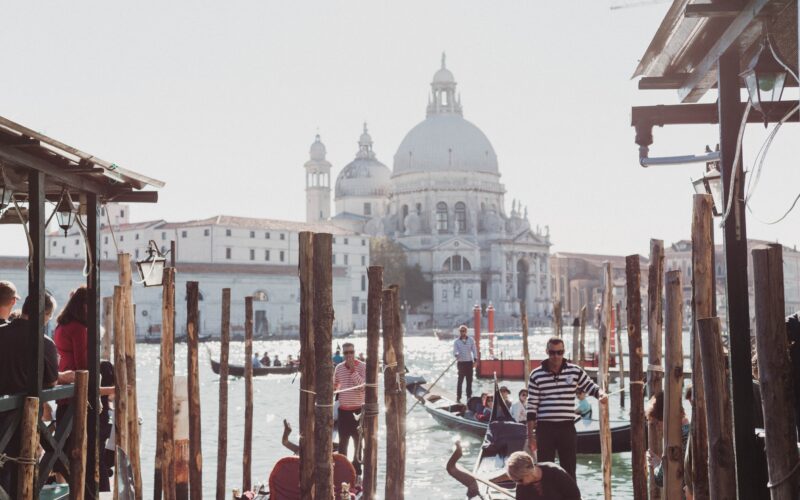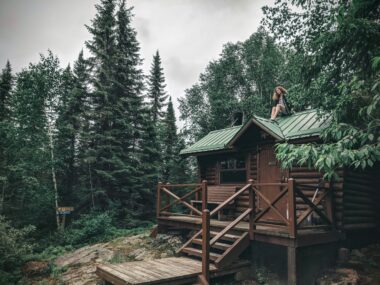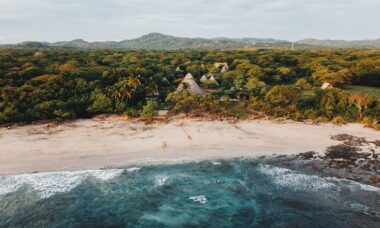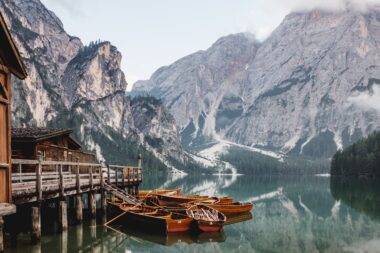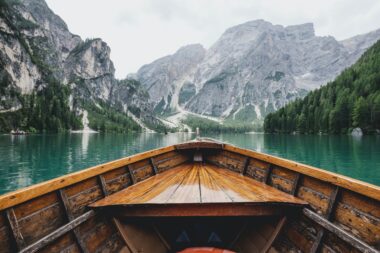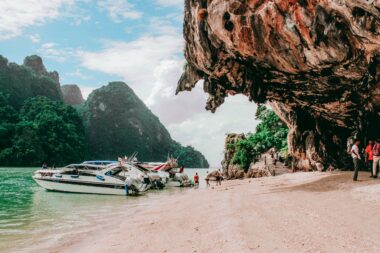The most travelled man in pre-modern history, Ibn Battuta, once said “traveling—it leaves you speechless, then turns you into a storyteller.” In our search for stories in 2022, 474 million of us travelled internationally between January and July. As travel restrictions ease and return to their pre-pandemic numbers, a sense of wanderlust has gripped the nation, or nations. Millennials (those born between 1981-1996) in particular travel more than any other generation. But as people fling themselves across the planet and flock to popular destinations, what impact do they have on the destinations themselves? Can you travel sustainably and responsibly? Or is overtourism and overcrowding destined to happen? We’ve gathered some lessons learned from 15 beautiful places ruined by overtourism and how they’re combating the problem now.
What Is Overtourism?
Overtourism is when a destination is visited by more people than their carrying capacity allows, causing friction with the natural environment and local residents. In Venice for example, waterways have become polluted from the numerous tour boats shuttling tourists around, causing friction between residents and tourists.
How Does Overtourism Happen?
Historically, travel was only for the wealthy but with a rising global middle class, travel for leisure has become more accessible to more people. And with countries pushing for a slice of the tourism pie (the tourism industry is worth 5.81 trillion USD globally) and encouraging more visitors without proper systems in place, it’s easy to see how we’ve gotten into a situation of beautiful places across the globe being ruined by overtourism.
The most widely accepted reasons for overtourism fall under three categories:
- No Systemic Approach To Managing Tourism Flows Tourists share the same spaces as local residents and without proper flow management, tourists can end up outnumbering residents and competing for services and amenities. Tracking visitors numbers is especially difficult if a destination is accessible by land, sea, and air.
- Disagreement On Priorities Tourism is often seen as a priority initiative to boost the economy and create more jobs. But local residents are often left out of decisions about how to facilitate and manage tourists, leaving many negatively impacted as a result.
- New Technology And Mobility Low cost carriers and peer-to-peer accommodation have made travel more accessible and affordable. Coupled with advances in technology and the ability to research and book a trip online in minutes, it’s never been easier to plan a vacation. Social media has added to the mix, making unknown places known and overrun with tourists from viral popularity.
Beautiful Places Ruined By Overtoursim
In Europe
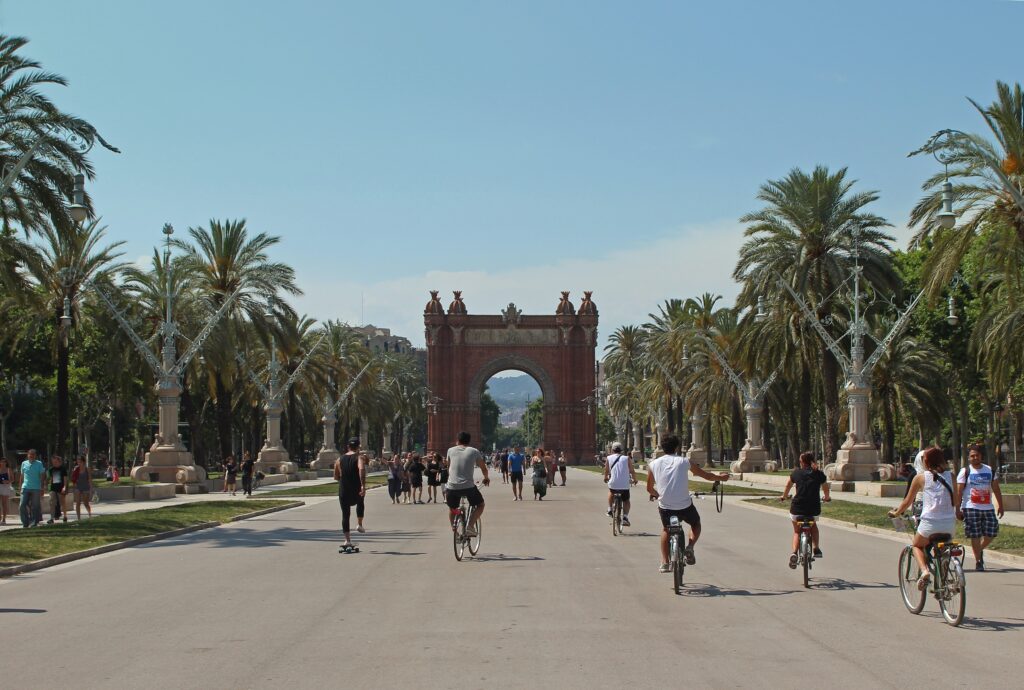
1. Barcelona, Spain
Damaged Caused
The first on our list of beautiful places ruined by overtourism is Barcelona, Spain. Overcrowding, disruptive visitors and peer-to-peer services, like Airbnb, have caused friction between tourists and residents in Barcelona, to the point of protest. In 2016, more than 1.2 million visitors stayed in Airbnb rentals, compared to the city’s population of just 1.6 million. A year later, in 2017, anti-tourism protests with the motto “Tourists go home” filled the streets. Between rising rent costs and masses of tourists disrupting life for local residents, there’s no love lost between the people of Barcelona and tourists.
What’s Happening Now
Short-Term Accommodation Is Regulated In an effort to manage private tourist accommodation, short term and peer-to-peer accommodation is now regulated in Spain. Hosts need proper licensing and permissions to operate. Barcelona’s gone a step further and banned short-term private room rentals. You can still rent an entire apartment, but a single room isn’t allowed anymore.
No More Segway Tours To ease tourist congestion and disruption, Segway tours and electric scooters are banned from Barcelona’s old city centre and seafront.
Free Access For Residents To help ensure residents have fair and equal access to local attractions, different pricing tiers have been introduced. Places like Park Güell are free for local residents but tourists are charged an admission fee.
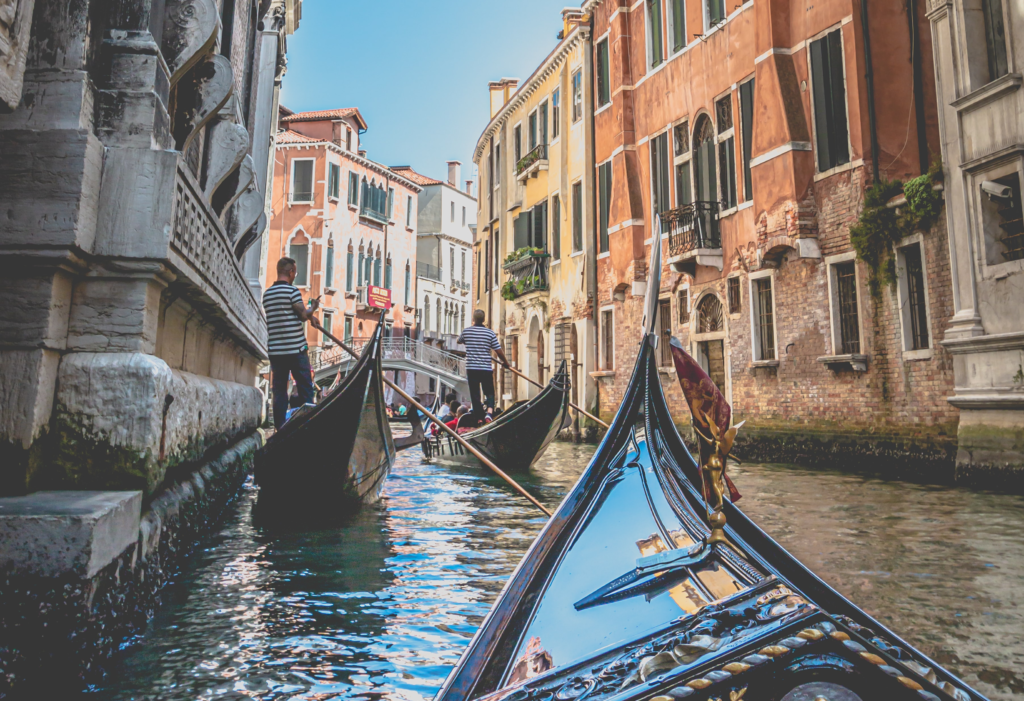
2. Venice, Italy
Damaged Caused
Tourists flock to the UNESCO World Heritage lagoon city of Venice for its romantic canals, beautiful architecture and wealth of history. In 2021 alone, 1.2 million people visited this northern Italian city. But all these tourists have displaced residents, caused rents to increase and lined the streets and canals with people and litter. In 30 years, the population of Venice has halved, with tourists outnumbering residents in the city most days. In 2014 and 2016, local residents held protests against cruise ships bringing day visitors to the city on masse.
What’s Happening Now
Large Cruise Ships Are Banned Following years of protest and outcry from Venetian residents, in 2021 cruise ships weighing more than 25,000 tonnes were banned from entering the city. Unfortunately some cruise ships get around this ban by shuttling thousands of passengers a day into the city on motor-boats. They’re in Venice enough time to clog up St Marks Square getting a selfie and then they’re back to the ship, avoiding any enriching activities for the city.
Spreading People In 2014 a campaign was launched to encourage people to visit less popular attractions and ease overcrowding. The “Detourism: Travel Venice Like a Local,” campaign promotes exploring the hidden treasures of the city, going beyond the typical tourist attractions.
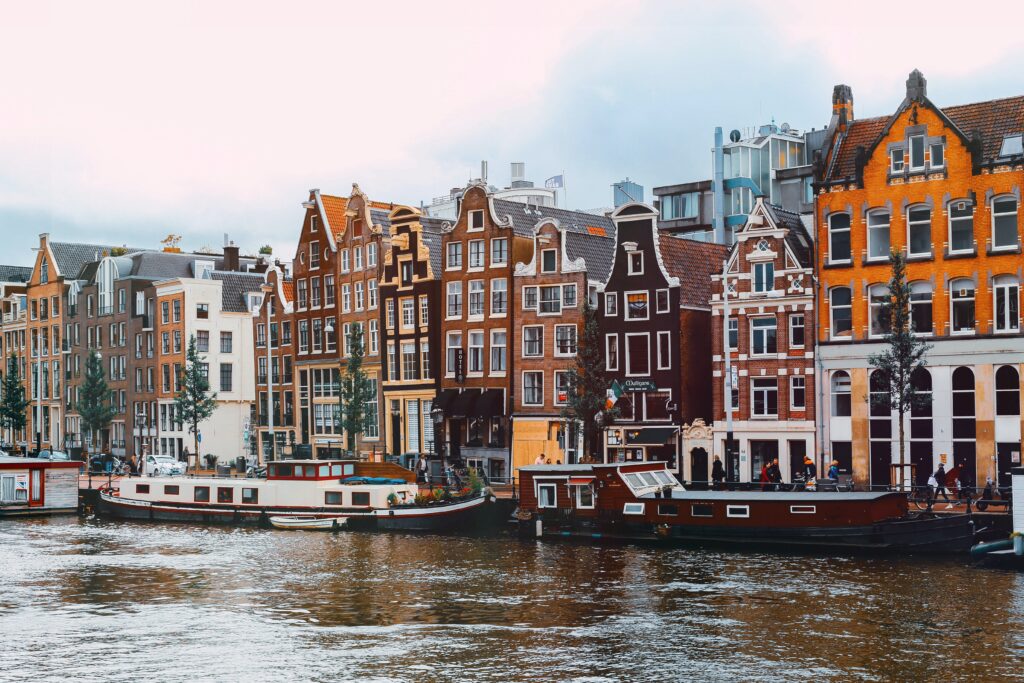
3. Amsterdam, The Netherlands
Damaged Caused
Next on our list of beautiful places ruined by overtourism is Amsterdam, The Netherlands. With its historic buildings, museums, galleries and canals, Amsterdam has become a popular tourist destination. In 2019, about 20 million people flocked to Amsterdam, overshadowing the city’s population of just 1.2 million. Vying for the attention of all these tourists, souvenir shops have taken over, displacing local businesses. The city’s famous Bloemenmarkt, a floating flower market dating back to 1862, is now closing due to overtourism. Similar to other cities, peer-to-peer short-term accommodation like Airbnb has caused rents to spike and accommodation for residents hard to find.
What’s Happening Now
No More Tourist Shops In 2017, Amsterdam banned shops that focus on serving tourists like souvenir shops, fast food restaurants and bike rental companies from the city centre.
Removal of “I amsterdam” Sign In 2018 the city removed the famous tourist attraction from Museum Square because it was causing overcrowding in the area.
Tougher Regulations on Airbnb To reduce the amount of disturbances caused by the accommodation service, those using their apartments for Airbnb have to pay a tourist tax, can’t rent for more than 60 days a year and have a limit of four people at a time.
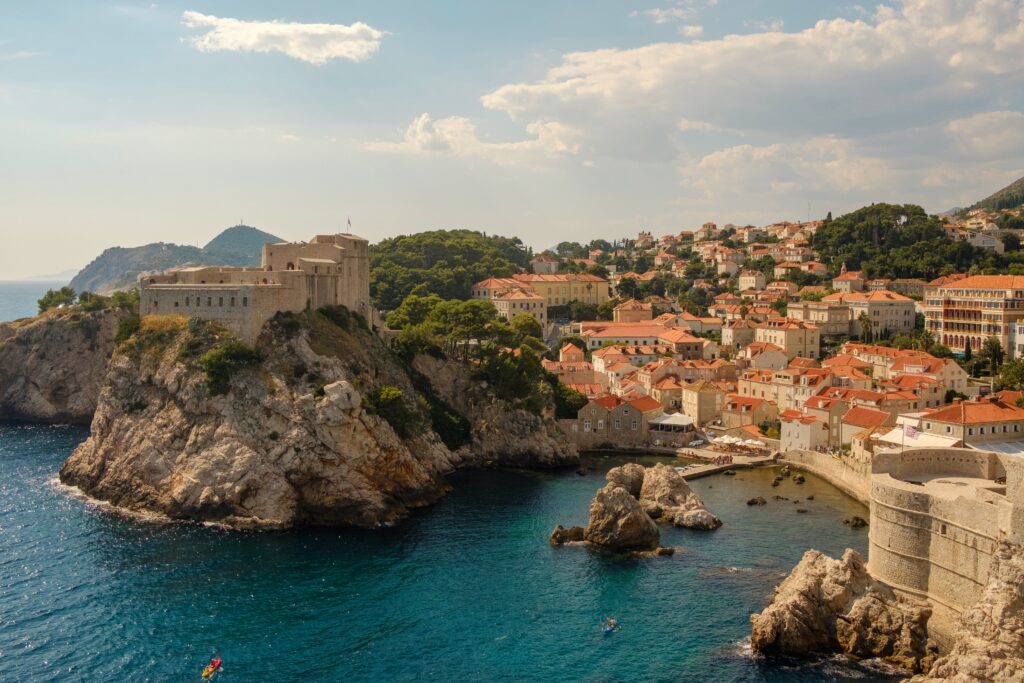
4. Dubrovnik, Croatia
Damaged Caused
Next on our list of beautiful places ruined by overtourism is Dubrovnik, Croatia. The HBO show, Game of Thrones, began showcasing Dubrovnik in 2012. In just five years between 2012-2019 tourism increased almost 120%. In 2016, the UNESCO World Heritage Site of the city’s old town, home to only 1,000 residents, saw one million tourists. Of these one million tourists, 80% were cruise ship passengers that don’t venture outside the city and explore the rest of the country. This massive amount of foot fall is putting the city’s heritage site status at risk. UNESCO has recommended a maximum of 8,000 visitors at a time, which the mayor pledged to cut in half.
What’s Happening Now
Limited Cruise Ships To reduce overcrowding, in 2018, Dubrovnik put a limit of two cruise ships per day and a total of 5,000 visitors.
More Surveillance In an effort to slow down the flow of people into the UNESCO World Heritage site of the old city, surveillance cameras monitor and track people. This allows authorities to stop people entering once the limit has been reached for the day.
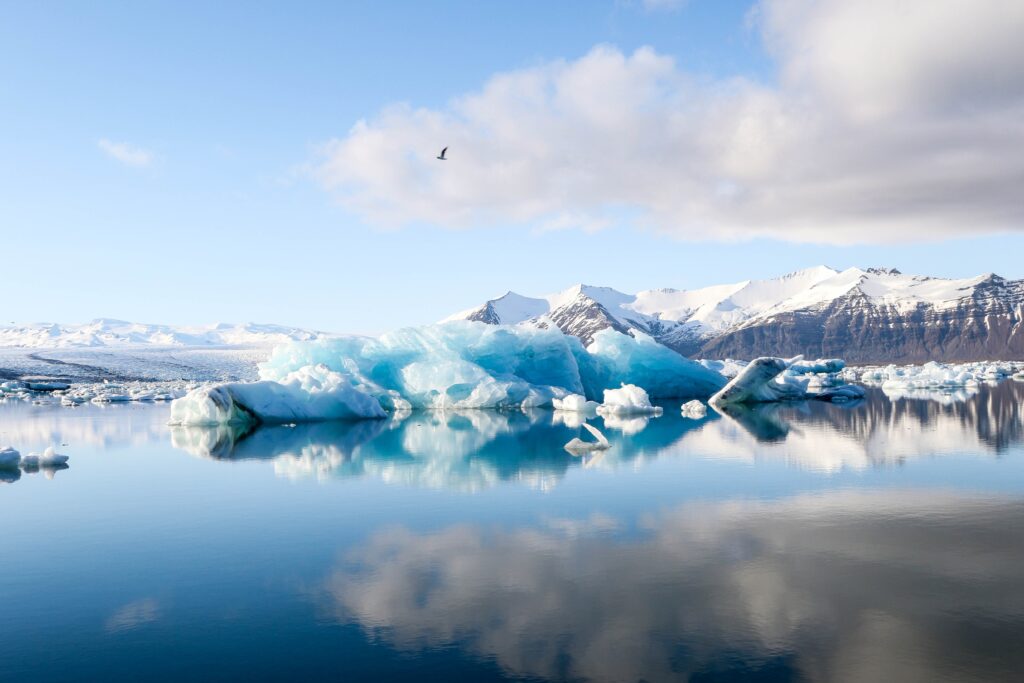
5. Iceland
Damaged Caused
Iceland’s natural wonderland of volcanoes, glaciers and geysers attracts millions of annual visitors looking to enjoy this unique environment. In 2019 alone just under 2 million people descended on Iceland looking to explore the island country. These visitor numbers dwarfed Icelandic residents at a population size of just 360,563 people. So for every local resident, there were 5 tourists. Unfortunately most tourists don’t enjoy all that Iceland has to offer with 98% flying to Keflavik, 45 minutes from Reykjavik. Most have a little stopover in Reykjavik, check out a few stops on the 3 hour long Golden Circle drive, clog up the roads and destinations for selfies, and that’s it.
The Fjaðrárgljúfur Canyon saw a huge increase in visitors, and consequently visitor damage, after being featured in a 2015 Justin Bieber music video and in the TV show Game of Thrones. There’s a visitor ban in place at the canyon now.
What’s Happening Now
Promoting Alternatives In an effort to spread people seasonally and across the country, Iceland promotes alternative tourist routes. To balance the busy summer seasons in Reykjavik, the country also promotes the winter season and its Northern Lights. To get people away from the capital, they also promote lesser known places like Akureyri.
Funding From Tourism In 2011, Iceland established the Tourist Site Protection Fund. The fund generates income from accommodation tax and pays to protect nature and construction related to traveler safety.
In Asia
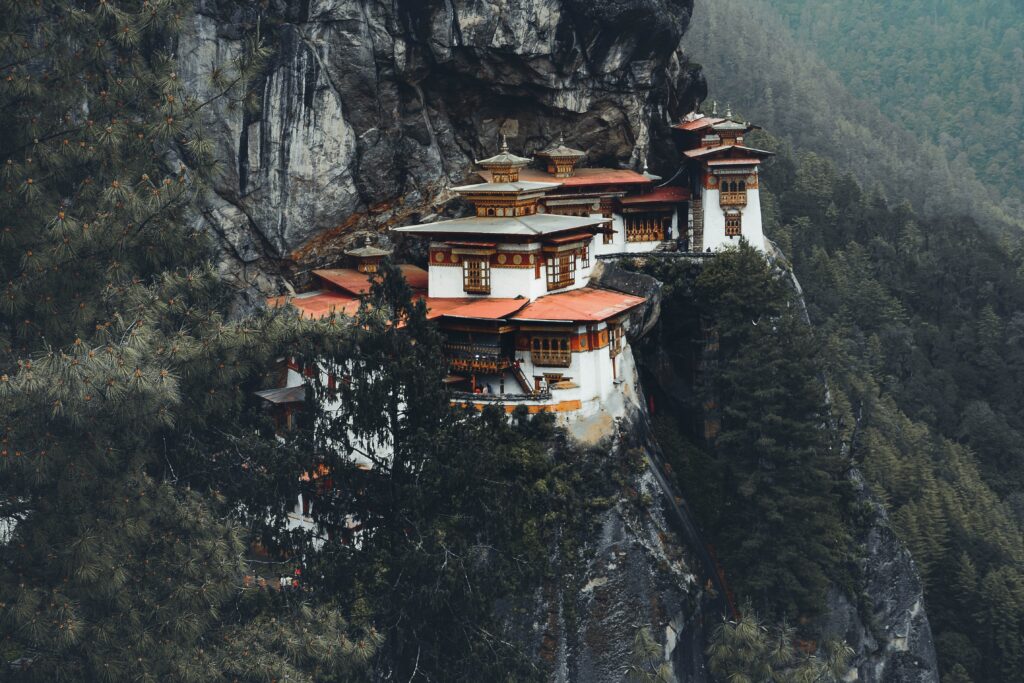
6. Bhutan
Damaged Caused
The small land-locked Kingdom of Bhutan is known for having one of the most controlled tourism policies in the world. People weren’t even allowed to visit the country until the 1970s, no doubt adding to its allure and perception of being a magically pristine and untouched country. But that quickly changed once the country opened up to international tourists. The number of tourists arriving in Bhutan increased almost 200% in just seven years between 2012-2017. This explosion in visitors has led to forest destruction, soil erosion and littering along popular trekking routes. Budget accommodation has popped up catering to tourists, along with an increase in pollution. In 2018, Pasakha, a city in the south of Bhutan ranked second on the world’s most polluted cities list.
What’s Happening Now
Cost To Enter Tourists to Bhutan have to pay a “Sustainable Development Fee” of $200 USD per person, per day. The money from this goes towards building and promoting sustainable and carbon-neutral tourism.
Cost To Bring A Car To limit the number of visitors cars coming into the country, there’s a fee of Nu. 4500 or about $55 USD per vehicle, per day.
Cap On Entering Tourists Visitors to Bhutan need to get a visa or permit to enter the country. This helps the government keep track and limit the number of people entering when it needs to.
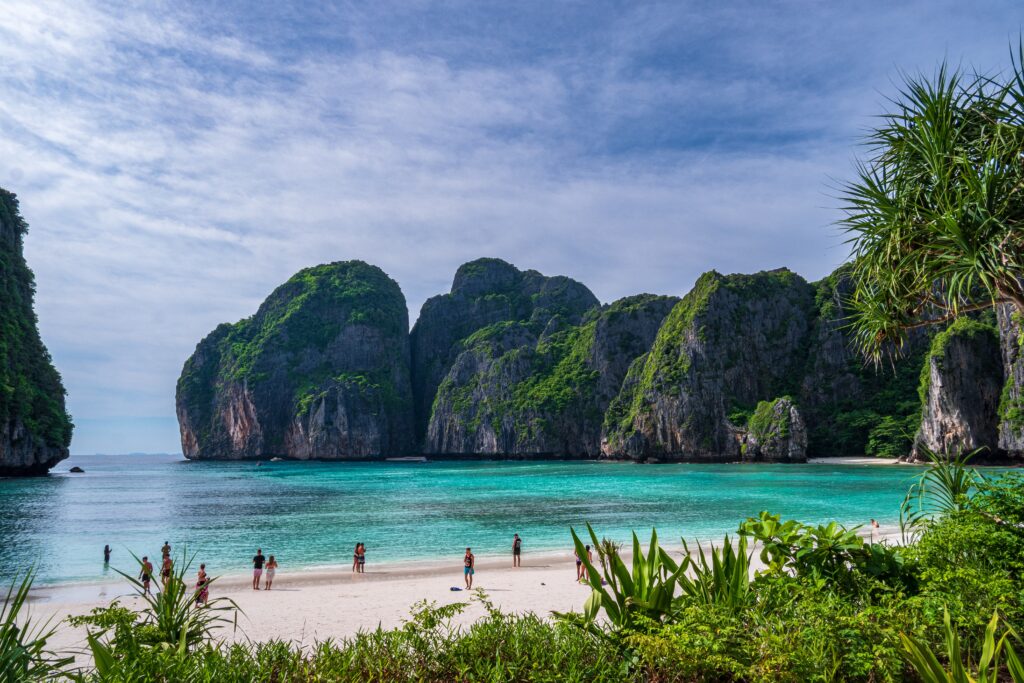
7. Maya Bay, Thailand
Damaged Caused
Next on our list of beautiful places ruined by overtourism is Thailand. Thanks in large part to the popularity of the 2000s movie, The Beach, Thailand’s Maya Bay has been plagued by tourists for decades. Visitor numbers increased from less than 1000 to 7,000-8,000 a day at its peak. Brought in mainly by boats that harm the coral by their propellers and anchors, these tourists swarm the beach, trampling and killing coral along the way. In ten years, the coral decreased by more than 60%.
What’s Happening Now
Closed For Years After being damaged by overtourism for years, Maya Bay beach was closed in 2018. It reopened again in 2022 after four years of intense rehabilitation and conservation efforts to restore lost coral.
No More Boats In The Bay To prevent coral damage and easy access for hoards of tourists, boats can’t go into the bay anymore, they need to dock at a pier on the other side of the island.
Limited Number of Visitors Allowed Only 4,125 people are allowed per day into Maya Bay, with one hour slots to spread people out and prevent overcrowding.
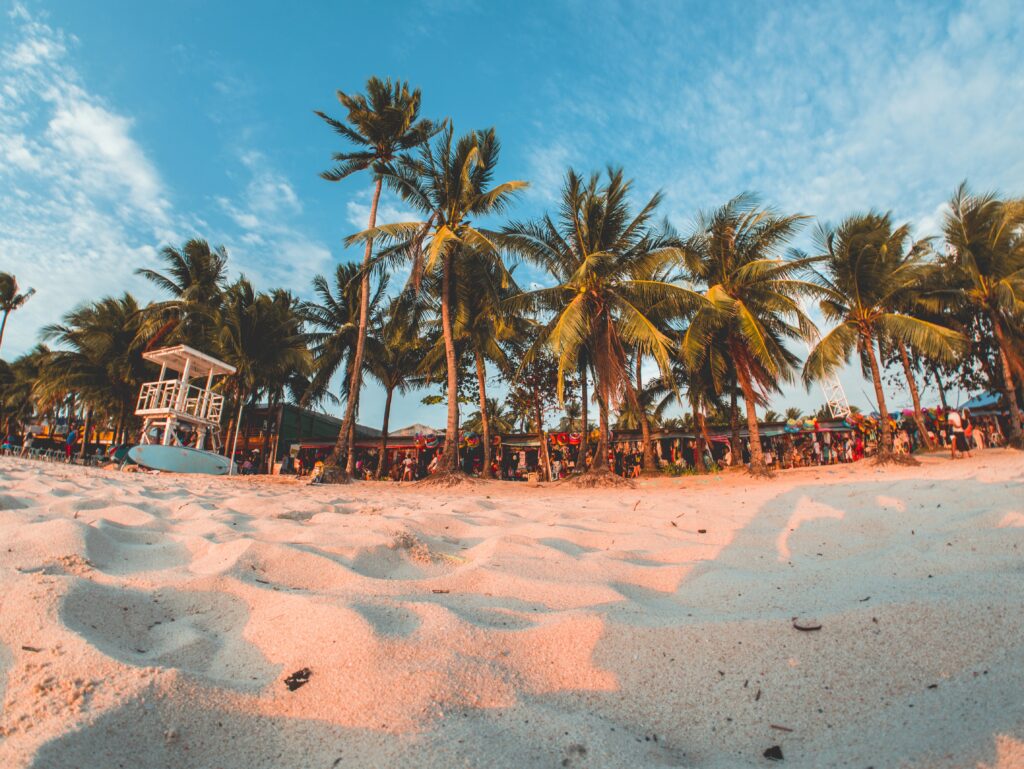
8. Boracay Island, Philippines
Damaged Caused
Boracay Island is home to one of the best beaches in the Philippines. The tiny island is just 12 square kilometers with a population of 12,000 people. In 2019, 1,742,459 tourists visited, 145 tourists for every resident. All these visitors have put a strain on local resources causing power failures, water shortages and damage to the natural environment. The island of Boracay was so overrun with tourists in 2018, the island closed to visitors for six months to allow time for restoration.
What’s Happening Now
New Stricter Rules Stricter rules for tourists and vendors were put in place after reopening to the public in 2018. Watersports (except for swimming) were banned temporarily and a limit of 19,200 tourists on the island at a time was put in place.
Smoking and Drinking Ban A ban on smoking and drinking in public was put in place in 2018 to help curb pollution and littering. The ban covers the beach and all public areas on the island.
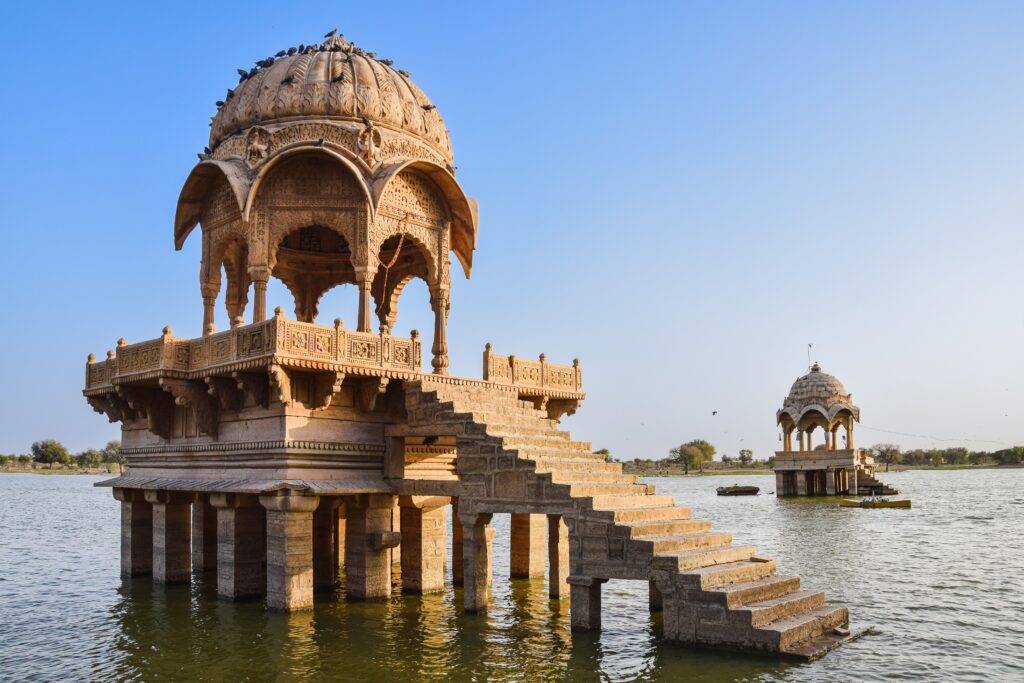
9. Jaisalmer, India
Damaged Caused
Next on our list of beautiful places ruined by overtourism is Jaisalmer, India. Also known as “The Golden City” because of its location in the Thar Desert and ornate sandstone buildings, Jaisalmer is famous for its culture, heritage and historic buildings. The city was founded in 1156 and sits in the west of the state of Rajasthan. The area saw a huge rise in tourism in the last decade, increasing from 26 million annual visitors in 2010 to 53 million in 2019, a 104% jump. Unfortunately, often with more tourists, more problems follow quickly after. Many of the historical and pilgrimage sites in the city have been damaged. Plastic waste was dumped all over the city and toxic water seeped in the walls of Jaisalmer Fort, a UNESCO World Heritage site.
What’s Happening Now
Investment in Waste Management Inefficient waste management and a growing number of tourists had led to a weakening of the fort walls. To stop them getting damaged more and crumbling, investment in waste management was made including providing private and public toilets behind the fort walls.
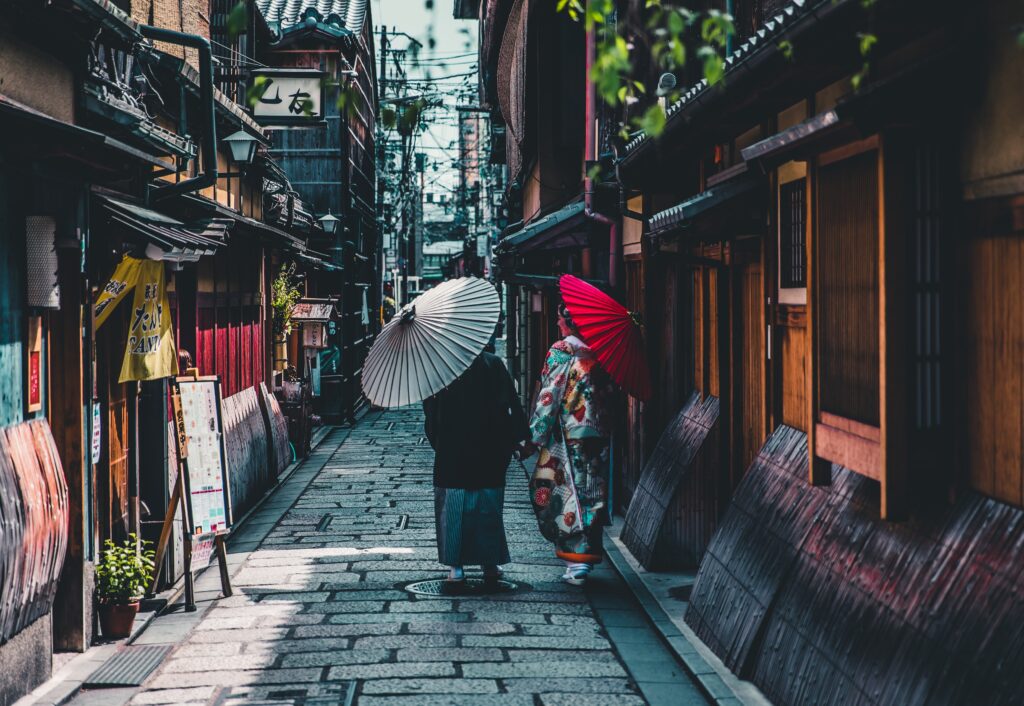
10. Kyoto, Japan
Damaged Caused
Known for its ancient streets, shrines and temples, Kyoto is one of the most visited cities in Japan. International tourist numbers doubled between 2015 and 2019 to 8.9 million a year. Including Japanese tourists, the year before 52 million people visited Kyoto. As a result, streets overflowed with tourists, invading private property and harassing geishas. Rental prices soar pushing locals out of the city as apartments or second homes are turned into short-term holiday rentals.
What’s Happening Now
Social Media Training for Small Businesses The Kyoto City Tourism Association (KCTA) now offers social media and online training for small businesses in Kyoto. By registering local businesses on Google, tourists can locate them easier, helping to reduce confusion on the street. Google also provides a busiest times feature to help tourists avoid overcrowding small stores.
Crackdowns on Airbnb In 2017, Kyoto passed a set of bylaws restricting Airbnb-style accommodation, or “minpaku”. Minpaku is limited to only two months of the year in residential areas, from January to March.
In The Americas
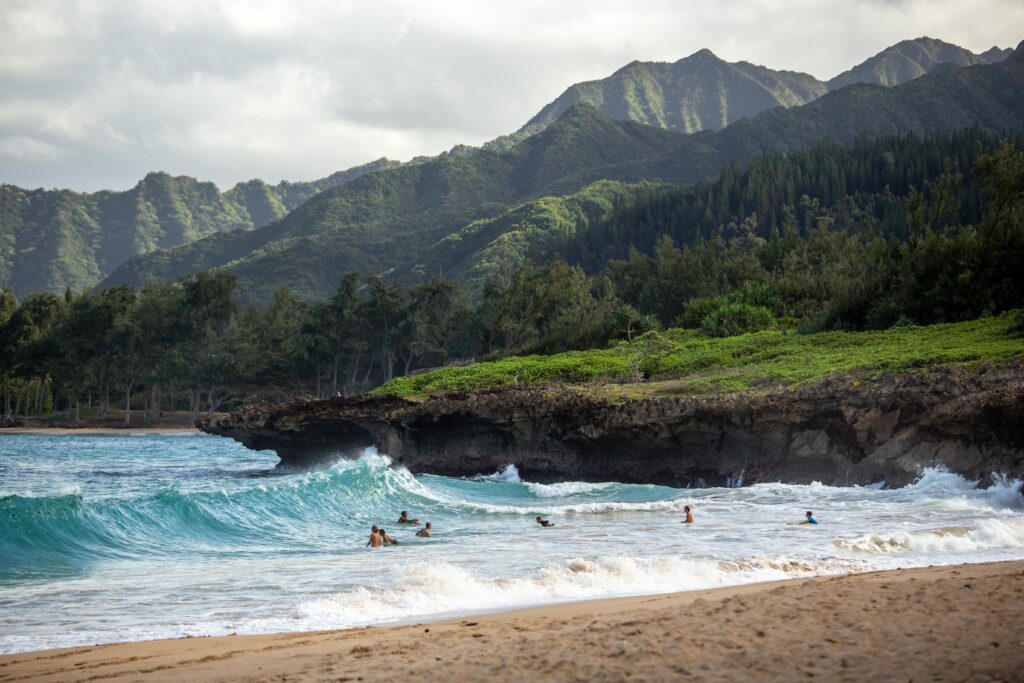
11. Hawai’i, United States
Damaged Caused
Next on our list of beautiful places ruined by overtourism is Hawai’i, United States. The Hawaiian islands are made up of eight islands, six of which can be visited by tourists. In 2019, over 10.4 million people visited Hawaii. Residents numbers are only at 1.4 million, meaning on average there’s 10 tourists for every resident. Being so close to the United States unfortunately makes it an ideal spot for a quick island getaway. But gentrification through holiday home rentals and services like Airbnb, and cultural genocide and reinterpretation of cultural practices like hula have left Hawaiian residents unhappy with overtourism. More than half of Hawaiian residents feel like the state is run for tourists at the expense of residents.
What’s Happening Now
Doubling Fees For Tourist In an effort to curb demand and protect natural resources, fees for popular activities like snorkelling in Hanauma Nature Bay have been doubled. The idea of a “visitor impact fee” has also been discussed.
Rerouting From Public Transport To make it easier for residents to get around and not be impeded by masses of tourists, a pilot tourist shuttle bus service was introduced in 2021.
No New Holiday Rentals In 2022, Bill 159 was passed reinforcing a previous decision to ban any new “transient vacation rentals” (TVRs), or holiday home type accommodation.
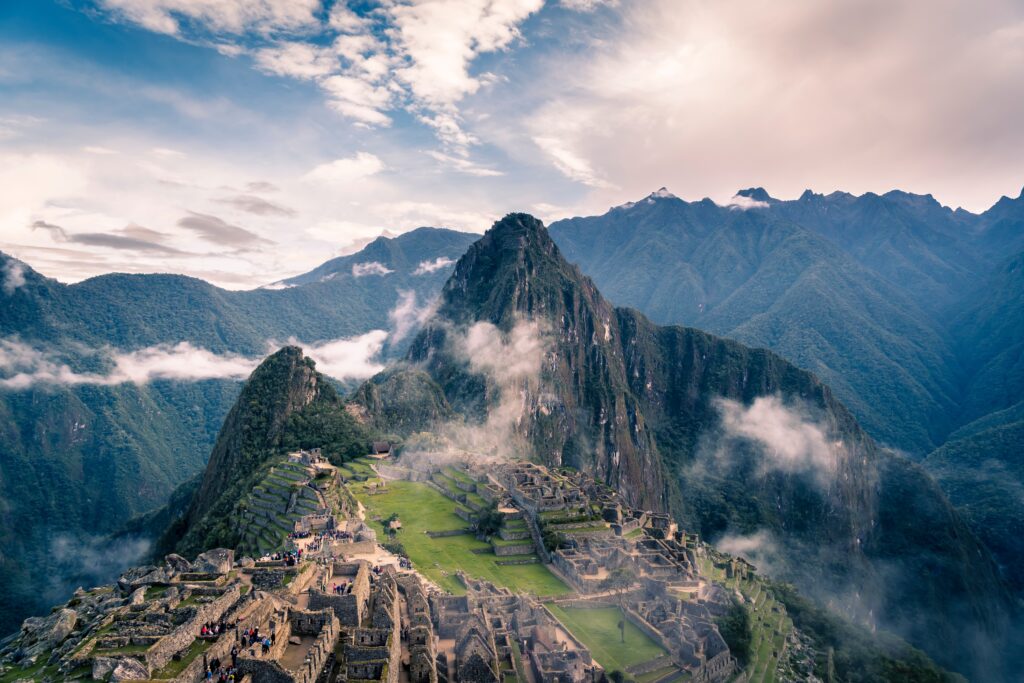
12. Machu Picchu, Peru
Damage Caused
The ancient Incan site of Machu Picchu is a popular trek for those looking to experience one of the new Seven Wonders of the World. In 2019 alone 1.5 million people visited the Incan citadel in Peru’s Andes Mountains. But too many people visiting at a time is putting pressure on sustainability and causing damage to the site.
Whats Happening Now
Daily Visitor Limit In 2020 a daily visitor limit of 2,244 people was put in place to help prevent further damage to the UNESCO World Heritage Site.
New Routes For Crowd Control In addition to strict time slots, plans to move the visitor entrance away from the citadel were introduced to fan people out and avoid overcrowding.
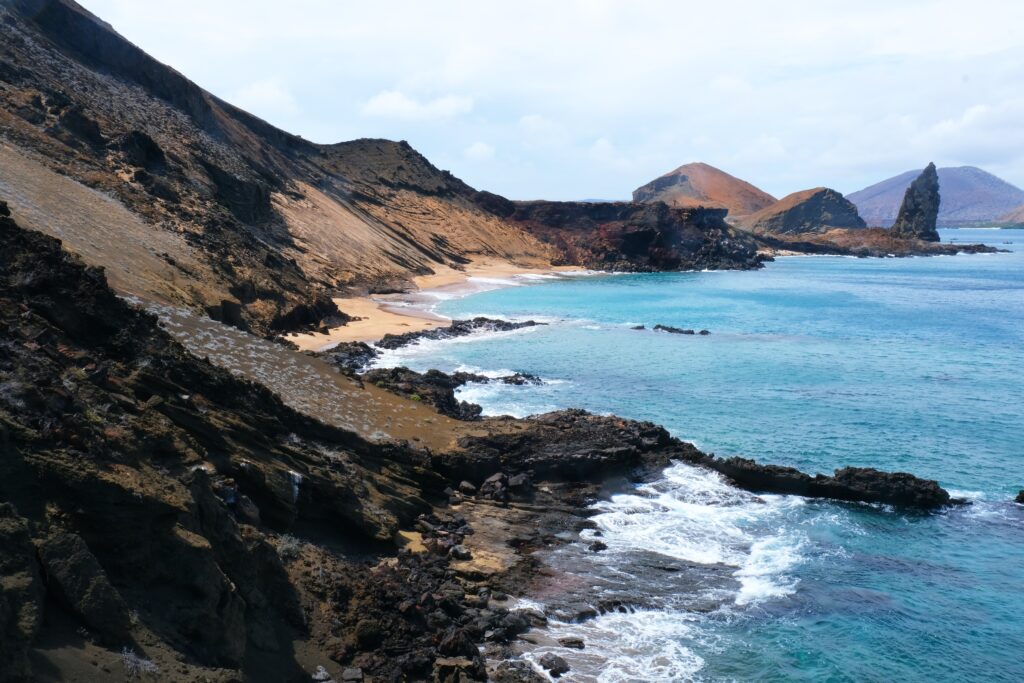
13. Galapagos Islands, Ecuador
Damaged Caused
Next on our list of beautiful places ruined by overtourism are The Galapagos Islands. The Galapagos Islands lie 1,000 km off the coast of Ecuador and draws hundreds of thousands of visitors each year. In 2019 alone, 271,000 people visited the Galapagos. At a population size of about 25,000, that’s 11 tourists for every resident. And while tourism is important for their economy, accounting for 85%, it’s also led to the UNESCO World Heritage Site being labelled as “in danger” between 2007-2010, because of overtourism. With rising visitor numbers and tourist development, locals feel like the Islands are developed more for tourists than for them.
Whats Happening Now
Visitor Limits To help reduce damage from overcrowding, many sites on the Galapagos Islands have visitor limits in place that allow a certain number of people at a time. The National Park Authority can reduce this number at any time if necessary.
Rules For Cruise Ships In 2012, a limit of 15 days per cruise ship was implemented with a cap on one visit per site, excluding the Charles Darwin Research Station.
Entry Fee Foreign tourists to the archipelago pay an entry fee of $100 per adult, $50 per child. Income from these fees going towards conservation and protection efforts for the Galapagos.
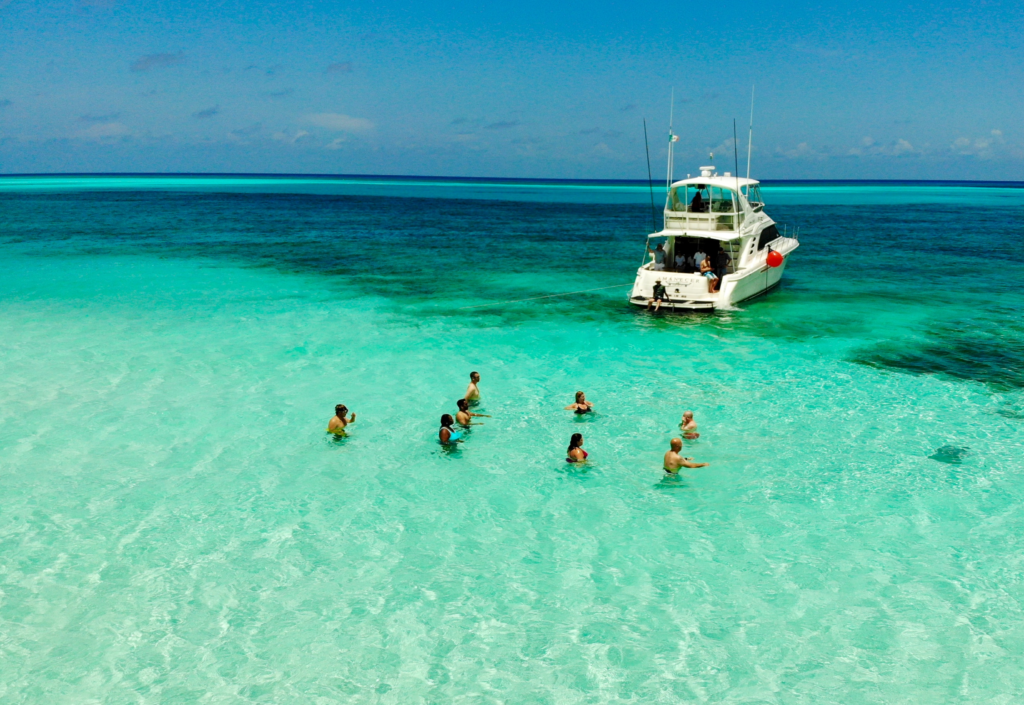
14. Cozumel, Mexico
Damaged Caused
Cozumel is Mexico’s largest Caribbean island and sits off the eastern coast of the country. It’s known for having some of the best dive sites since the second largest barrier reef, the Mesoamerican Reef, lies just off its coast. But the coral reefs have been severely damaged by the high number of scuba divers and cruise ships visiting the area. In 2022, 3 million tourists from 1,184 cruise ships visited Cozumel, a 340% increase from the year before. With a population of only 88,626 people, that’s 34 tourists for every resident. Coral around the ship dock has been particularly damaged with 97% of the surrounding coral dying.
Whats Happening Now
Coral Conservation The Cozumel Coral Reef Restoration Program was founded to help conserve and protect Cozumel’s 35 coral species. The program has restored 10,000 corals since 2013.
Closing Coral To Visitors To try and reduce stress on the coral system, popular tourist corals are temporarily closed to allow them time to restore without human activity and interference.
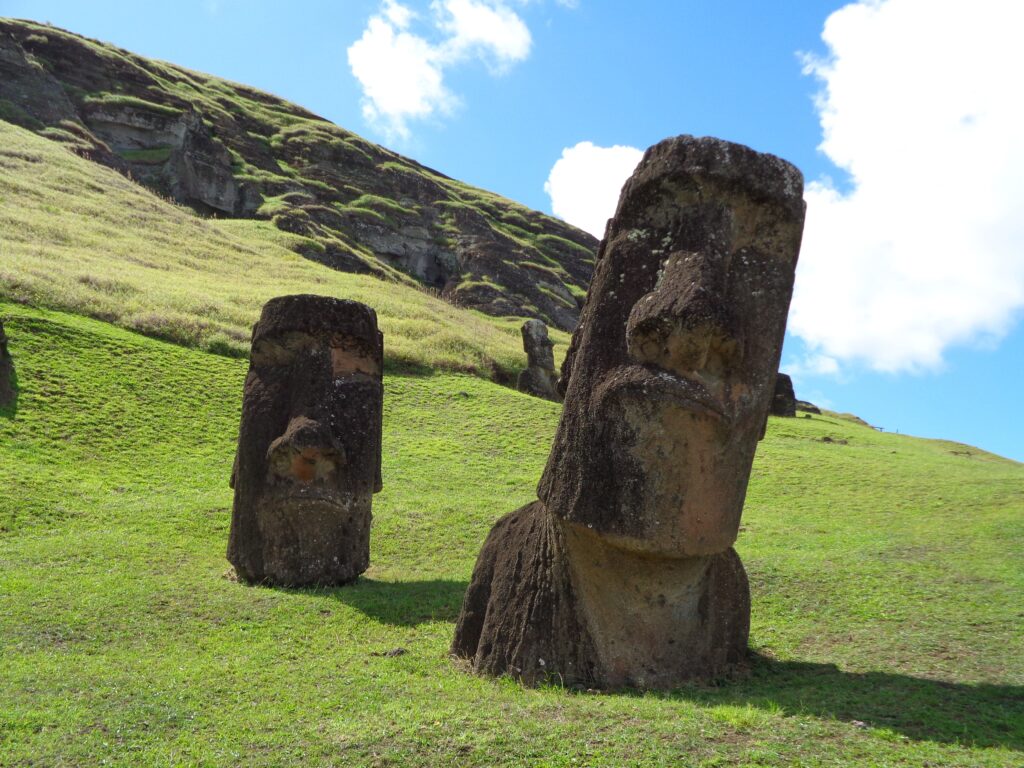
15. Easter Island, Chile
Damaged Caused
Last on our list of beautiful places ruined by overtourism is Easter Island. Easter Island, or Rapa Nui, has drawn visitors interested in the mysterious moai statues for decades. But visitor numbers have swelled recently, from between 2,000 – 5,000 in the 1980s to over 100,000 a year now. With only 6,000 residents on the island, that’s 17 tourists for every local. Three flights from Santiago a day bring more people to the island, putting a strain on already limited water and other natural resources. Overcrowding and bad behavior from tourists has caused damage to the UNESCO World Heritage Site. In 2018, a tourist climbed one of the moai, damaging and breaking off a piece of an ear. They were later arrested and fined $17,000.
Whats Happening Now
Reduced Length of Stay In 2018, to try and reduce overcrowding and visitor numbers, the length of time allowed for visitors on the island was reduced from 90 days to 30 days.
Designated Pathways To avoid tourists touching, climbing on and damaging moai, visitors now need to stick to designated pathways and can only visit a few of the island’s 900 statues.
For tips on how to travel more sustainably, read “5 Tips for Sustainable Travel in 2022“
Sustayn is designed to report on and present the most useful recommendations for environmentally friendly approaches and items. We update links when possible, but note that links can be broken and pricing, where noted, can be subject to change.
